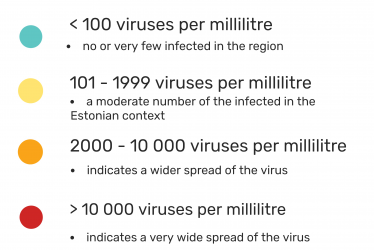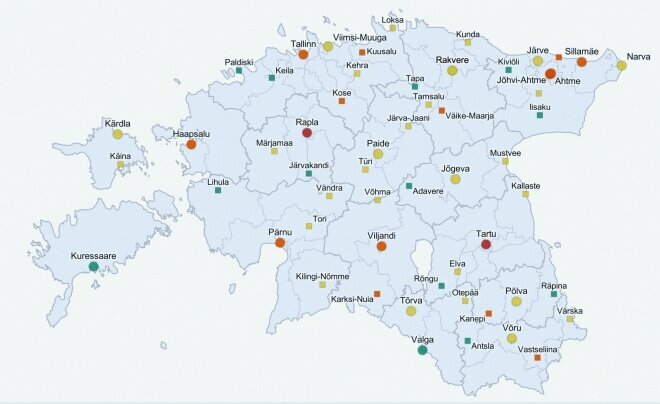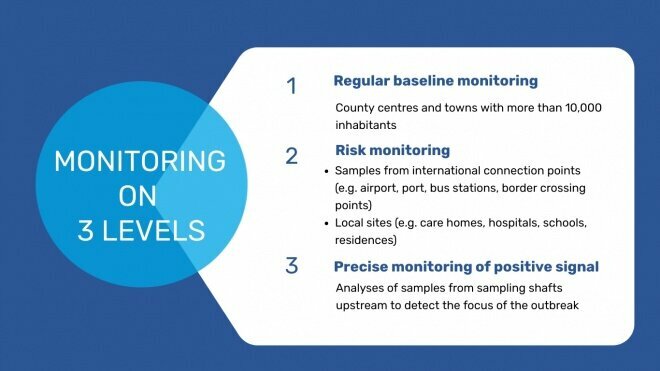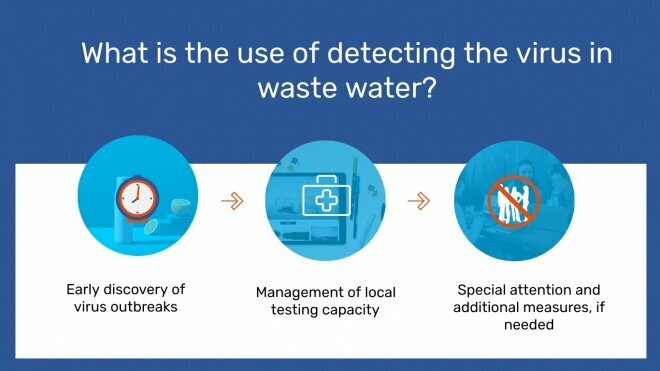-
Faculty of Arts and HumanitiesDean's Office, Faculty of Arts and HumanitiesJakobi 2, r 116-121 51005 Tartu linn, Tartu linn, Tartumaa EST0Institute of History and ArchaeologyJakobi 2 51005 Tartu linn, Tartu linn, Tartumaa EST0Institute of Estonian and General LinguisticsJakobi 2, IV korrus 51005 Tartu linn, Tartu linn, Tartumaa EST0Institute of Philosophy and SemioticsJakobi 2, III korrus, ruumid 302-337 51005 Tartu linn, Tartu linn, Tartumaa EST0Institute of Cultural ResearchÜlikooli 16 51003 Tartu linn, Tartu linn, Tartumaa EST0Institute of Foreign Languages and CulturesLossi 3 51003 Tartu linn, Tartu linn, Tartumaa EST0School of Theology and Religious StudiesÜlikooli 18 50090 Tartu linn, Tartu linn, Tartumaa EST0Viljandi Culture AcademyPosti 1 71004 Viljandi linn, Viljandimaa EST0Professors emeriti, Faculty of Arts and Humanities0Associate Professors emeriti, Faculty of Arts and Humanities0Faculty of Social SciencesDean's Office, Faculty of Social SciencesLossi 36 51003 Tartu linn, Tartu linn, Tartumaa EST0Institute of EducationJakobi 5 51005 Tartu linn, Tartu linn, Tartumaa EST0Johan Skytte Institute of Political StudiesLossi 36, ruum 301 51003 Tartu linn, Tartu linn, Tartumaa EST0School of Economics and Business AdministrationNarva mnt 18 51009 Tartu linn, Tartu linn, Tartumaa EST0Institute of PsychologyNäituse 2 50409 Tartu linn, Tartu linn, Tartumaa EST0School of LawNäituse 20 - 324 50409 Tartu linn, Tartu linn, Tartumaa EST0Institute of Social StudiesLossi 36 51003 Tartu linn, Tartu linn, Tartumaa EST0Narva CollegeRaekoja plats 2 20307 Narva linn, Ida-Virumaa EST0Pärnu CollegeRingi 35 80012 Pärnu linn, Pärnu linn, Pärnumaa EST0Professors emeriti, Faculty of Social Sciences0Associate Professors emeriti, Faculty of Social Sciences0Faculty of MedicineDean's Office, Faculty of MedicineRavila 19 50411 Tartu linn, Tartu linn, Tartumaa ESTInstitute of Biomedicine and Translational MedicineBiomeedikum, Ravila 19 50411 Tartu linn, Tartu linn, Tartumaa ESTInstitute of PharmacyNooruse 1 50411 Tartu linn, Tartu linn, Tartumaa ESTInstitute of DentistryL. Puusepa 1a 50406 Tartu linn, Tartu linn, Tartumaa ESTInstitute of Clinical MedicineL. Puusepa 8 50406 Tartu linn, Tartu linn, Tartumaa ESTInstitute of Family Medicine and Public HealthRavila 19 50411 Tartu linn, Tartu linn, Tartumaa ESTInstitute of Sport Sciences and PhysiotherapyUjula 4 51008 Tartu linn, Tartu linn, Tartumaa ESTProfessors emeriti, Faculty of Medicine0Associate Professors emeriti, Faculty of Medicine0Faculty of Science and TechnologyDean's Office, Faculty of Science and TechnologyVanemuise 46 - 208 51003 Tartu linn, Tartu linn, Tartumaa ESTInstitute of Computer ScienceNarva mnt 18 51009 Tartu linn, Tartu linn, Tartumaa ESTInstitute of GenomicsRiia 23b/2 51010 Tartu linn, Tartu linn, Tartumaa ESTEstonian Marine Institute0Institute of PhysicsInstitute of ChemistryRavila 14a 50411 Tartu linn, Tartu linn, Tartumaa EST0Institute of Mathematics and StatisticsNarva mnt 18 51009 Tartu linn, Tartu linn, Tartumaa EST0Institute of Molecular and Cell BiologyRiia 23, 23b - 134 51010 Tartu linn, Tartu linn, Tartumaa ESTTartu ObservatoryObservatooriumi 1 61602 Tõravere alevik, Nõo vald, Tartumaa EST0Institute of TechnologyNooruse 1 50411 Tartu linn, Tartu linn, Tartumaa ESTInstitute of Ecology and Earth SciencesJ. Liivi tn 2 50409 Tartu linn, Tartu linn, Tartumaa ESTProfessors emeriti, Faculty of Science and Technology0Associate Professors emeriti, Faculty of Science and Technology0Institute of BioengineeringArea of Academic SecretaryHuman Resources OfficeUppsala 6, Lossi 36 51003 Tartu linn, Tartu linn, Tartumaa EST0Area of Head of FinanceFinance Office0Area of Director of AdministrationInformation Technology Office0Administrative OfficeÜlikooli 17 (III korrus) 51005 Tartu linn, Tartu linn, Tartumaa EST0Estates Office0Marketing and Communication OfficeÜlikooli 18, ruumid 102, 104, 209, 210 50090 Tartu linn, Tartu linn, Tartumaa EST0Area of RectorRector's Strategy OfficeInternal Audit OfficeArea of Vice Rector for Academic AffairsOffice of Academic Affairs0University of Tartu Youth AcademyUppsala 10 51003 Tartu linn, Tartu linn, Tartumaa EST0Student Union OfficeÜlikooli 18b 51005 Tartu linn, Tartu linn, Tartumaa EST0Centre for Learning and TeachingArea of Vice Rector for ResearchUniversity of Tartu LibraryW. Struve 1 50091 Tartu linn, Tartu linn, Tartumaa EST0Grant OfficeArea of Vice Rector for DevelopmentCentre for Entrepreneurship and InnovationNarva mnt 18 51009 Tartu linn, Tartu linn, Tartumaa EST0University of Tartu Natural History Museum and Botanical GardenVanemuise 46 51003 Tartu linn, Tartu linn, Tartumaa EST0International Cooperation and Protocol Office0University of Tartu MuseumLossi 25 51003 Tartu linn, Tartu linn, Tartumaa EST0

Detecting coronavirus in waste water
From the beginning of 2022, the Health Board will carry out regular wastewater monitoring. The results can be found here.
The study “Building up the early warning surveillance of SARS-CoV-2 based on waste water analysis”
Researchers of the University of Tartu created an early warning surveillance of SARS-CoV-2 based on waste water analysis. International experience has shown that traces of the virus can be detected in waste water samples even before clinical patients are found. Waste water analysis also provides early information about the local spread of the virus. The study aimed to discover latent outbreaks and monitor the dynamics of outbreaks.
Waste water samples were collected in all Estonian county centres and towns with more than 10,000 inhabitants. In the collection of samples, the University of Tartu cooperated with the Estonian Environmental Research Centre and water companies operating the water treatment plants of Estonian towns. Waste water samples were analysed for the traces of coronavirus at the laboratories of the University of Tartu Institute of Technology that have the required technical capacity and trained staff.
The study started in August 2020. In the beginning of 2022 the methodology was ready to pass over to the Health Board who carries on the regular survey.
Map of monitoring coronavirus in waste water
- Waste water samples for monitoring coronavirus are collected at the beginning of each week.
- The results will be known by Friday afternoon, and then also the map will be updated.
- The map gives an overview of the dynamics of the amount of coronavirus in the waste water of Estonian cities week by week since the start of the study. Clicking on the dot by the name of the city displays an overview regarding that location.
- Each particle of the coronavirus detected in the sample contains one genome copy. When analysing the samples, the number of viral genome copies per one millilitre of waste water is assessed. This gives an overview of the number of viruses in the waste water of a particular region.
- The waste water samples are collected over 24 hours as composite samples, meaning that the samples reflect the average situation of waste water that passed the sewage treatment plant during these 24 hours.
- The waste water study is a supportive measure for evaluating the spread of the coronavirus. Thus, its results must be interpreted together with other data. For more information and guidelines, representatives of local governments are advised to contact the local Health Board office.
Legend of the map:
If the place name used on the map differs from the name of the municipality, it is due to the operating regions of the sewage treatment plants which may not fully correspond to the borders of municipalities.

Place names marked by an asterisk* signify districts of larger settlements:
*Järve and *Ahtme are districts of Kohtla-Järve
The interactive map may not work as intended when using Internet Explorer. In case of technical issues, we recommend using other browsers (Chrome, Firefox)
The interactive map with previous results can be reached here.
Map of waste water surveillance results of 27. December - 31. December 2021:

Rapid review of wastewater survey results from August 2020 to September 2021
The animation summarizes the analysis results of 2140 wastewater samples collected during one year and one month.
Author of the animation: Peeter Laas, Research Fellow in Molecular Ecology at the University of Tartu
What can the waste water samples tell us?

We monitored the presence of positive signal (coronavirus DNA) in the samples.

The project is led by Professor of Technology of Antimicrobial Compounds of the University of Tartu Tanel Tenson and Senior Research Fellow in Molecular Ecology Veljo Kisand.


